Optimal Timing for Stamped Concrete Services
Timing plays a crucial role in achieving optimal results with stamped concrete. The best time to schedule stamped concrete services is during mild weather conditions, typically in spring and early fall. Temperatures between 50°F and 85°F provide ideal conditions for proper curing and finishing. Avoid scheduling during extreme heat or cold, as these can affect the curing process and the final appearance.
Spring and fall offer moderate temperatures and lower humidity, reducing the risk of cracking and ensuring better adhesion of the decorative overlays.
High temperatures in summer can cause rapid drying, leading to surface cracking and uneven textures. Scheduling in cooler parts of the day can mitigate these issues.
Cold weather can hinder proper curing and may lead to surface damage. It is generally recommended to postpone stamped concrete projects until temperatures rise.
Heavy rain and high humidity interfere with curing and can cause surface imperfections. Dry, clear days are preferable.
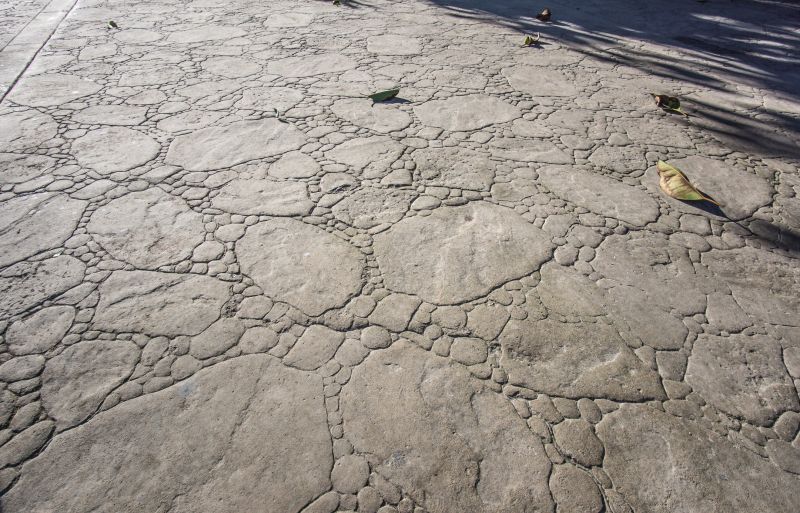
Spring provides ideal conditions for durable and visually appealing stamped concrete surfaces.
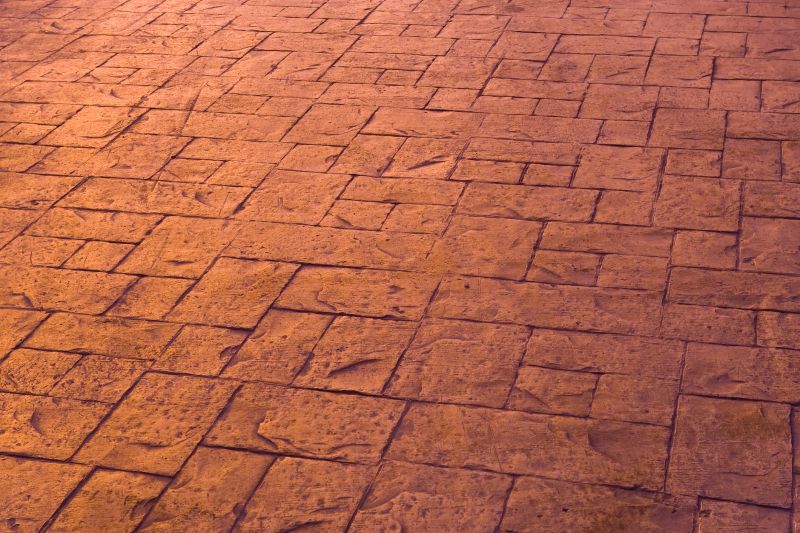
Fall's moderate temperatures support proper curing and long-lasting finishes.
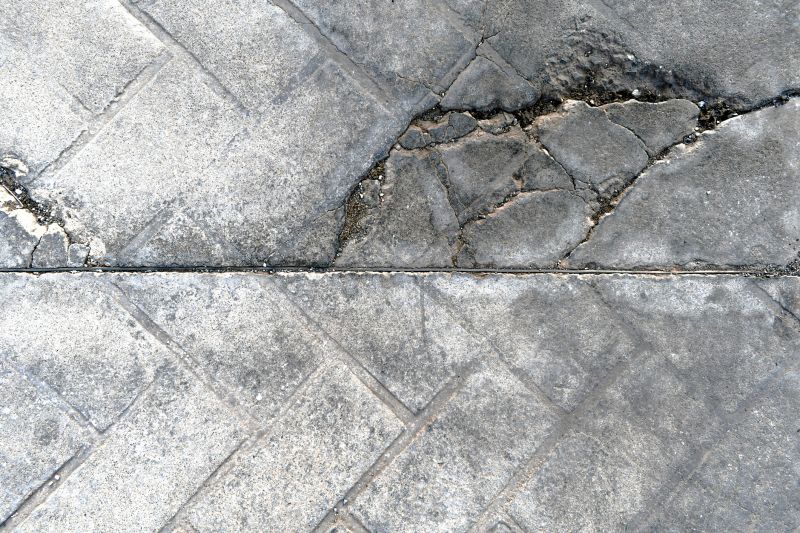
Proper timing ensures resistance to weather-related damage and enhances aesthetic appeal.

Ways to make Stamped Concrete Service work in tight or awkward layouts.
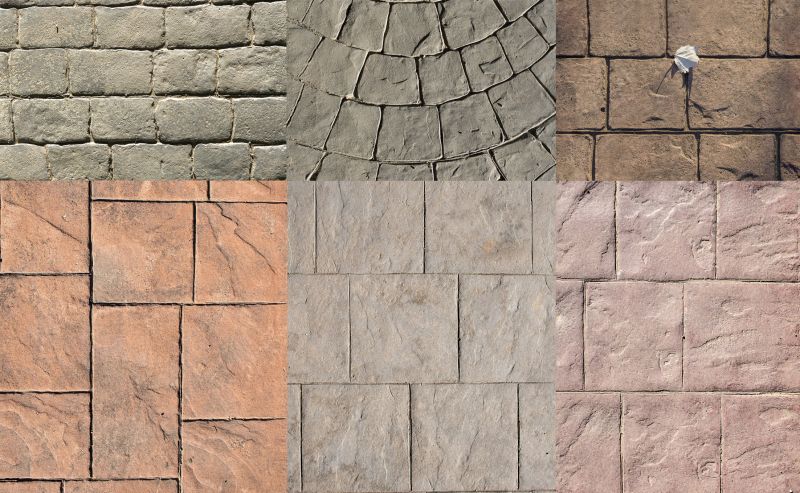
Popular materials for Stamped Concrete Service and why they hold up over time.

Simple add-ons that improve Stamped Concrete Service without blowing the budget.
Stamped concrete service involves the application of decorative patterns and textures to concrete surfaces, creating a variety of aesthetic options that mimic natural stone, brick, or tile. This technique enhances the visual appeal of patios, walkways, driveways, and other outdoor spaces. Proper timing and weather conditions are essential to ensure the durability and appearance of the finished surface. Skilled application during optimal weather conditions results in a surface that is both visually striking and long-lasting, with minimal maintenance requirements.

Detailed textures create authentic stone and brick appearances.
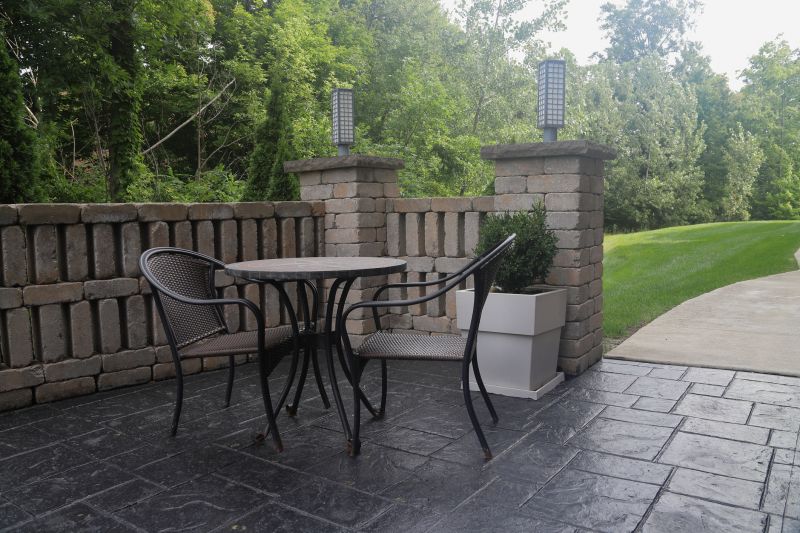
Enhanced outdoor living space with durable decorative surface.

Aesthetic upgrade that combines functionality with style.

Custom patterns add visual interest to pathways.
| Ideal Weather Conditions | Notes |
|---|---|
| Temperatures between 50°F and 85°F | Optimal for curing and finishing |
| Low humidity | Reduces surface imperfections |
| Clear, dry days | Prevents surface damage and delays |
| Stable weather forecast | Ensures project completion without weather delays |
| Avoid extreme heat or cold | Prevents cracking and curing issues |
| No rain or high humidity | Supports proper curing process |
| Early morning or late afternoon | Avoids peak heat and temperature fluctuations |
Scheduling stamped concrete services during the appropriate seasons and weather conditions maximizes the longevity and aesthetic quality of the finished surface. Proper timing reduces the risk of common issues such as cracking, surface imperfections, and uneven coloring. Consulting with experienced professionals can help determine the best time for each project based on local climate patterns and specific site conditions.
Interested in stamped concrete services? Filling out the contact form provides a convenient way to discuss project details and scheduling options. Proper timing ensures a durable, attractive surface that enhances outdoor spaces in Fayetteville, AR.
